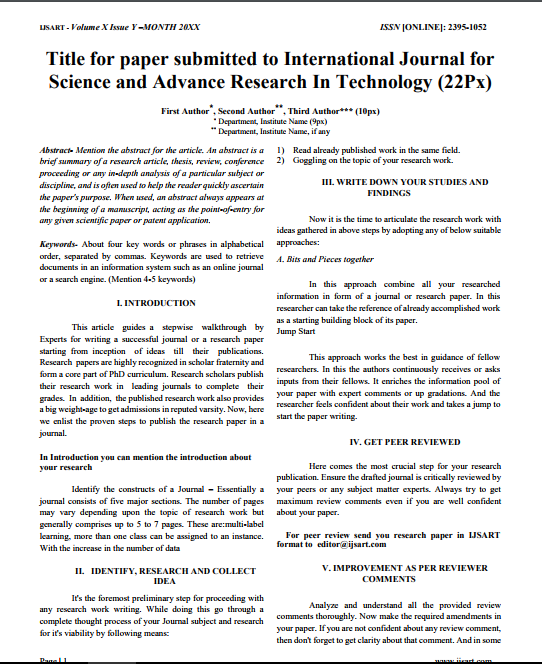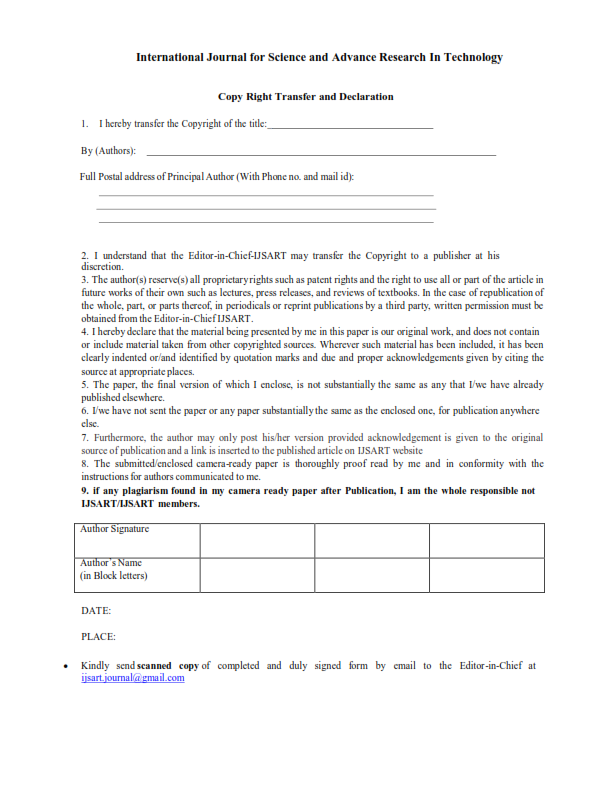RETINAL BLOOD VESSEL SEGMENTATION USING MINIMUM SPANNING SUPERPIXEL TREE DETECTOR |
Author(s): |
| F Febshia |
Keywords: |
| Feature extraction, minimum spanning superpixel tree (MSST), retinal image, superpixel, vessel segmentation. |
Abstract |
|
Diabetic retinopathy (DR), also known as diabetic eye disease, refers to the progressive retinal damage occurring in people suffering from diabetes. This disease causes a narrowing of the small retinal vessels and often shows no symptoms in its early stages. However, it can progress rapidly and cause vision loss through several pathways. Ophthalmologists can effectively examine diabetic patients by checking for retinal lesions, microaneurysms, and abnormal/fragile blood vessels. However, owing to the high prevalence of diabetes and shortage of human experts, screening programs are costly and time-consuming for clinics. In this project propose a robust and effective approach that qualitatively improves the detection of low-contrast and narrow vessels. Rather than using the pixel grid, use a superpixel as the elementary unit of our vessel segmentation scheme. Regularize this scheme by combining the geometrical structure, texture, color, and space information in the superpixel graph. And the segmentation results are then refined by employing the efficient minimum spanning superpixel tree to detect and capture both global and local structure of the retinal images. Such an effective and structure-aware tree detector significantly improves the detection around the pathologic area. Experimental results have shown that the proposed technique achieves advantageous connectivity-area-length (CAL). In addition, the tests on the challenging retinal image database have further demonstrated the effectiveness of our method. |
Other Details |
|
Paper ID: IJSARTV Published in: Volume : 7, Issue : 4 Publication Date: 4/5/2021 |
Article Preview |
|
Download Article |


